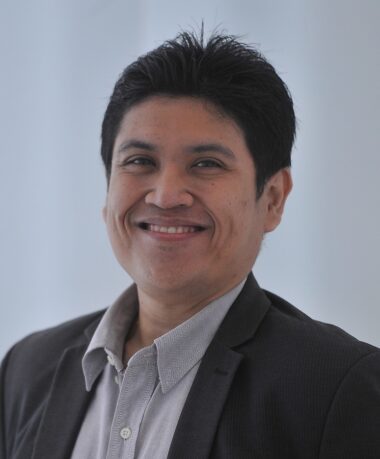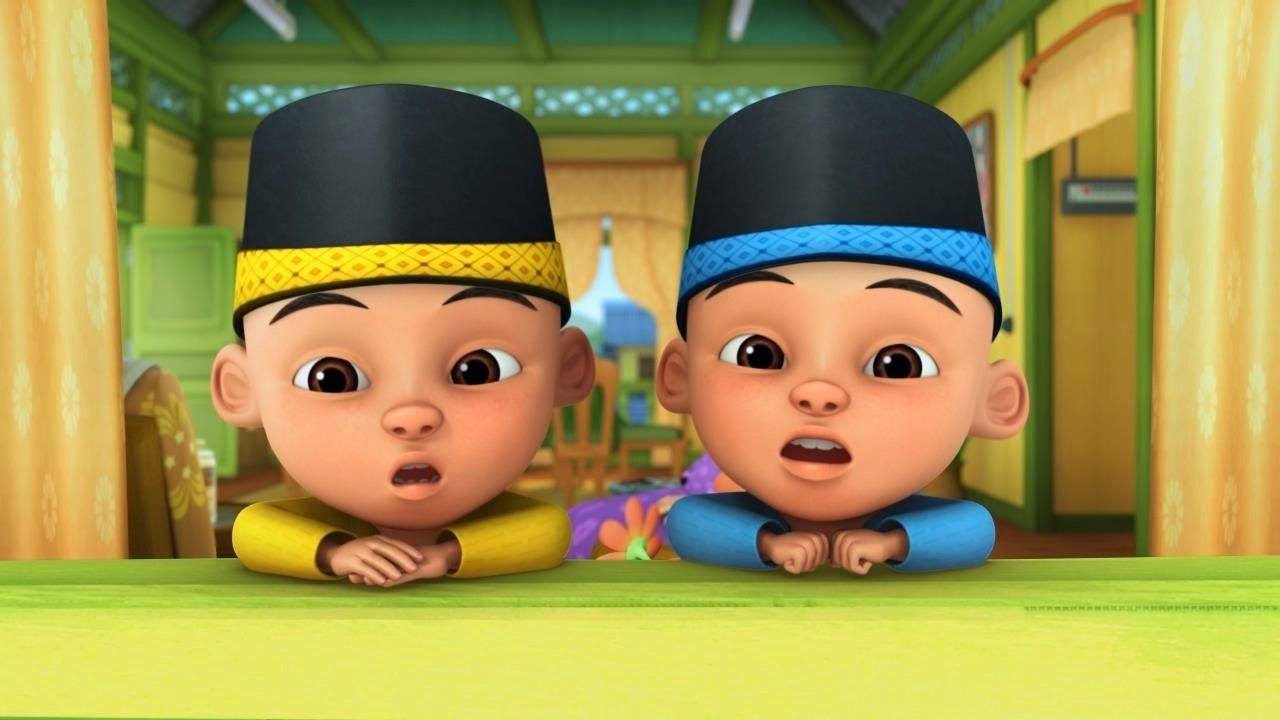

Malaysia Focus: 5 Things You Need To Know About Southeast Asia’s ‘Quiet Giant Of Animation’
Last month, we reported from the virtual edition of Kre8tif!, the annual animation conference normally held in the Malaysian city of Cyberjaya. This is where the latest ideas and projects from Malaysia are showcased to the world, shoring up the country’s growing reputation as “a quiet giant of animation,” in the words of one Youtube executive who attended this year.
But Kre8tif! is only one facet of a broad national strategy around animation and digital content. The engine behind it is Malaysia Digital Economy Corporation (MDEC), the government agency that runs the conference and a host of other support schemes for Malaysian animation. Founded in 1996, as the government was turbocharging its investment in tech, MDEC has evolved into a tireless champion of animation, which in resources and scope has no peers in Southeast Asia.
In recent years, MDEC has provided local animation producers with a steady stream of funds, professional support, and promotion on the world stage. Although Malaysian animation started life chiefly as a service industry, the agency has recognized and nurtured the country’s talent for generating original IP. Malaysia is now the largest creator of local content characters in Southeast Asia, according to a recent report on the region’s animation production (co-authored by MDEC).
How exactly did this come about? As the industry becomes more established, what goals is it setting itself and what new challenges is it facing? To learn more, we spoke to Hasnul Hadi Samsudin, MDEC’s vice president of digital creative content. Read on for five takeaways from our conversation.
1. The government helped kick-start Malaysia’s original animation creation.

Samsudin cites Saladin: The Animated Series, a trailblazing Malaysian IP about the great Islamic hero of the Crusades, which was created in the mid-2000s. MDEC worked with animation studio Silver Ant to produce a concept trailer, which the agency then pitched at the Mipcom market in France. Eventually, Al Jazeera Children’s Channel came onboard as broadcaster and co-producer.
“Because of that,” says Samsudin, “[Malaysian creators] said: ‘Hey, you know what, we can’t let this only be done by the government.’ They were motivated to do their own content.” Many more IPs were created as a result — among them Upin & Ipin, a hit series by Les’ Copaque Production which has aired on Disney Channel Asia.

2. Continued investment from MDEC has been critical.
The main way MDEC funds projects is through the Digital Content Grant, a package of different subsidies targeted at different stages of the creation process, including development, production, and licensing and merchandising. Grants range from 300,000 to 5,000,000 ringgit (USD$72,150 to $1,200,000), depending on the category.
In the early days, MDEC subsidized up to 90% of the production costs of a project. That number has now fallen to 40%, as producers and broadcasters have become more confident about investing in animation. At the development stage — “the riskiest part of creating content,” says Samsudin — the agency still covers up to 80% of costs.
Parallel to these grants, MDEC also runs the Digital Content Creators Challenge, under which creators are awarded up to 300,000 ringgit for a short film, and allocated mentors from within the industry (both Malaysian and international). The scheme works as an incubator of potential IP, and has resulted in hit franchises like Digital Durian’s Didi and Friends.
3. Jobs and IP are key.
Although cgi predominates in Malaysia, MDEC is blind to the medium when selecting projects to back. “As long as it’s animation — be it 2d, stop motion, 3d, real-time virtual production — we’re open,” says Samsudin. “The end goal is that hopefully either it provides jobs for Malaysians and/or it creates IP commercialization opportunities.”
The agency bears these criteria in mind when assessing projects that are very specific to Malaysian cutlure. “Are we funding things that may just bring a cultural benefit,” continues Samsudin, “or things that bring an IP or commercialization benefit? Because a commercialization benefit means more jobs, more opportunities. A cultural benefit is nice to have … but will it bring cash into the country? Governments need to figure that out.”
Service studios are not within MDEC’s remit, but its sister agency National Film Development Corporation offers cash rebates of up to 30% on animated production outsourced to Malaysia.
4. MDEC is thinking globally.
“To a certain extent, our characters are already well known in the region,” says Samsudin. “We want to make sure that they become global, just like a Gundam, a Doraemon, a Totoro.” MDEC puts Malaysian creators and studios in touch with international partners and buyers through Kre8tif! and other virtual meetings, but also by visiting overseas markets and festivals like Annecy, Kidscreen, and Mipcom.
This ambition is partly driven by local conditions. “The domestic market is saturated,” says Samsudin, adding that Malaysia’s population is only around 32 million. “People need to understand that in Southeast Asia, we’re very different people [within the region] … We have different languages, different cultures, diverse sets of beliefs. That limits the type of content that can travel within the region. If it’s all done at the global level, it’s easier.”
5. The industry has weathered the pandemic so far.
MDEC is not aware of any Malaysian studios going out of business as a result of the coronavirus. The transition to remote work has posed problems, such as the lack of air conditioning in many homes. Inevitably, service studios working with overseas clients — including Hollywood majors — have faced particular security challenges.
But Samsudin notes that the country’s broadband infrastructure is relatively good, thanks to solid investment since the mid-1990s. In any case, Malaysia has kept the disease under relative control: the official tally of deaths stands at only 137. Many studios are now partly returning to their offices, as is MDEC itself. “I think everybody managed to get through it,” says Samsudin.

.png)
